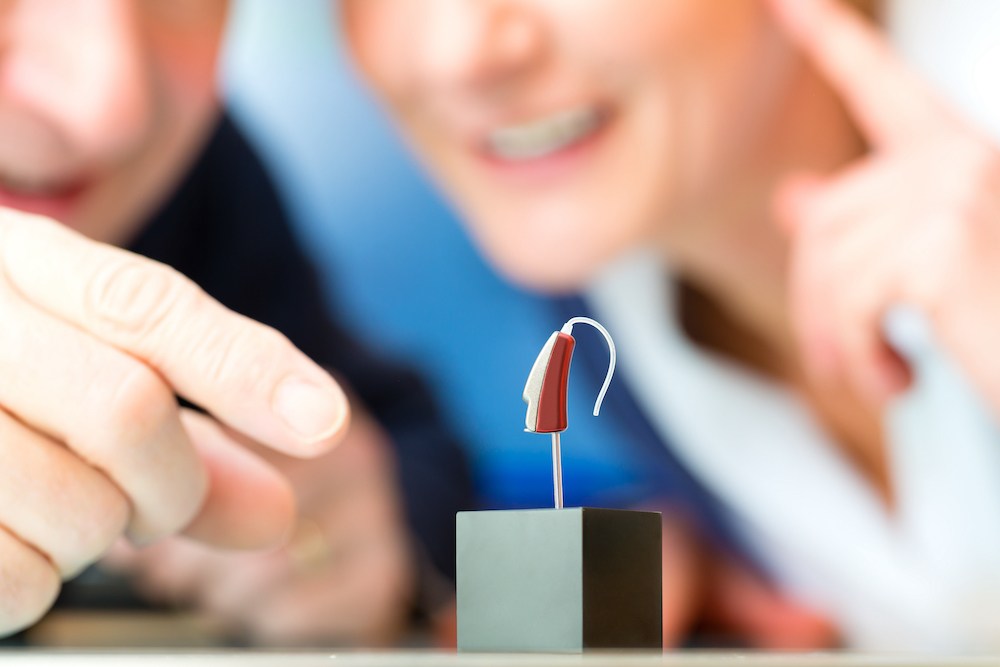What Musicians Should Know About Protecting Their Hearing
Have you ever wondered how musicians manage to keep their hearing sharp
We’re Hiring! Click Here to Learn More About Our Career Opportunities →


Have you ever wondered how musicians manage to keep their hearing sharp

Getting hearing aids marks an important step in your hearing care. These

Earwax might not seem like a major part of hearing health, but it plays a